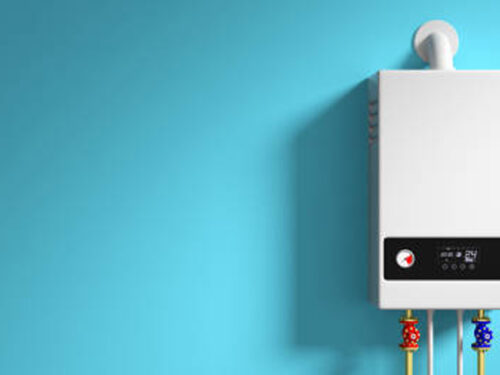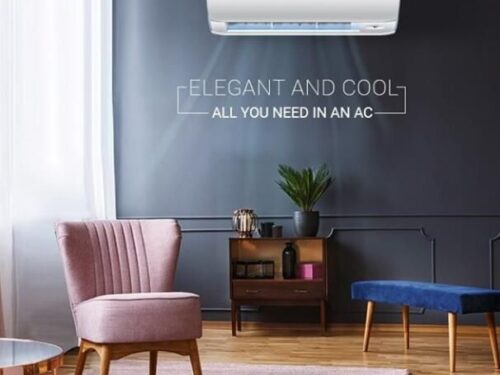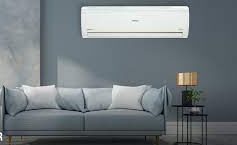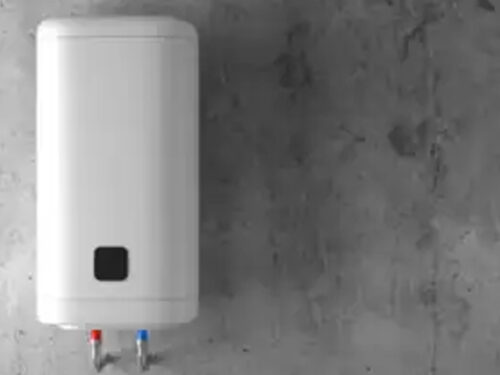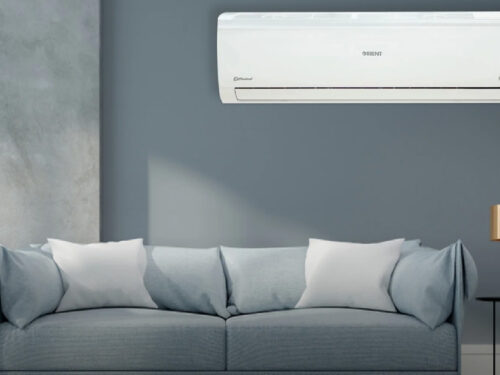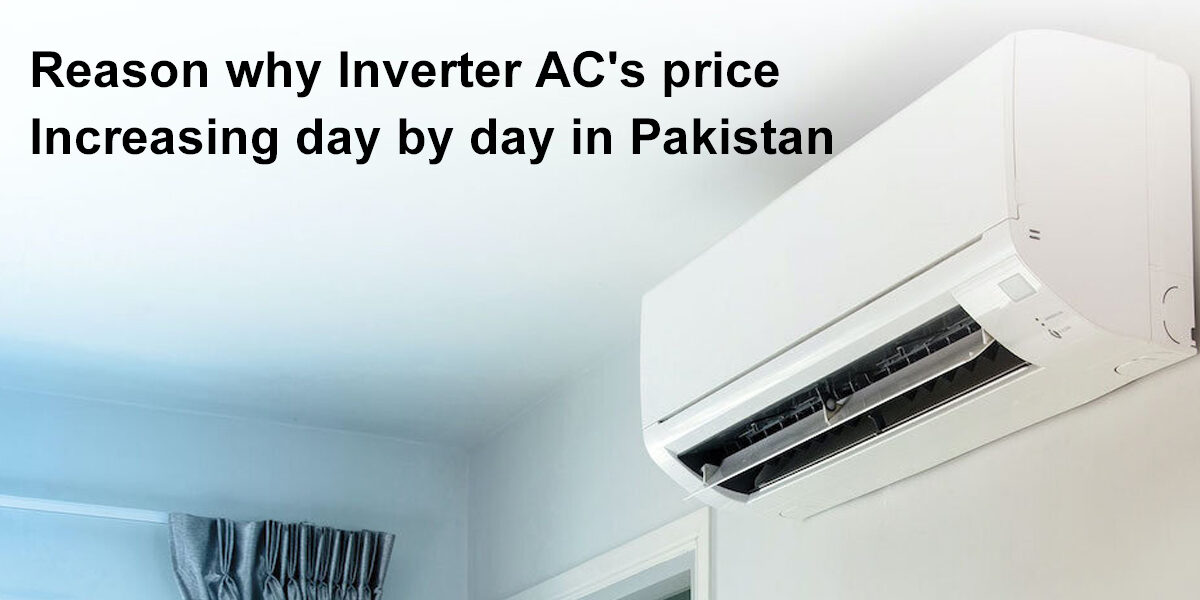
Understanding the Rising Prices of Inverter AC in Pakistan
In recent years, people in Pakistan have observed a steady increase in the prices of Inverter ac in Pakistan. This trend is driven by a combination of local and global economic factors that affect the production, import, and sale of these appliances. Let’s explore the key reasons behind the escalating costs of inverter ac in Pakistan.
1. Currency Devaluation
One of the most significant contributors to the rising prices is the devaluation of the Pakistani rupee against major currencies like the US dollar. Since a substantial portion of the components used in manufacturing inverter ACs are imported, any fluctuation in the exchange rate directly impacts the cost. A weaker rupee means manufacturers and importers have to spend more local currency to procure the same amount of foreign goods, thereby driving up the retail prices for consumers.
2. Inflation and Economic Conditions
Pakistan has been grappling with high inflation rates, which affect almost all sectors of the economy. The increase in prices of raw materials, transportation, and labor inevitably leads to higher production costs. Manufacturers and retailers, in turn, pass on these additional costs to consumers. The general inflationary trend puts pressure on household budgets and makes purchasing high-ticket items like inverter ACs more expensive over time.
3. Increased Import Duties and Taxes
To manage the business trade deficit and boost local industries, the Pakistani government has imposed higher import duties and taxes on various goods, including electronics. These tariffs increase the landing cost of imported inverter ACs. Additionally, regulatory fees and compliance costs add to the overall expense. Consequently, these financial burdens result in higher retail prices for consumers.
4. Global Supply Chain Disruptions
The COVID-19 pandemic has significantly disturbed global supply chains, leading to delays and shortages of critical components used in inverter ACs. Even as the world recovers, the lingering effects of these disruptions continue to affect manufacturing timelines and costs. Semiconductor shortages, increased shipping costs, and logistical challenges contribute to the rising production costs, which are eventually reflected in the market prices.
5. Rising Demand for Energy Efficiency
Inverter ACs are preferred for their energy efficiency and cost savings in electricity bills over time. As awareness about energy conservation and environmental sustainability grows, the demand for inverter ACs has increased. Higher demand often leads to price hikes, especially when supply cannot keep pace. The advanced technology and components used in inverter ACs, such as variable-speed compressors, also add to the manufacturing costs, which are then passed on to consumers.
6. Increased Manufacturing Costs
The cost of raw materials, such as copper, aluminum, and other essential components used in AC manufacturing, has been on the rise globally. Additionally, labor costs in manufacturing hubs, especially in countries like China and Southeast Asia, have increased. These higher manufacturing costs contribute to the overall increase in the prices of inverter ACs.
7. Government Policies and Energy Regulations
Government policies aimed at promoting energy-efficient appliances might lead to increased costs due to compliance with stricter energy standards. While these policies are beneficial in the long run for reducing energy consumption, they can lead to higher upfront costs for manufacturers and consumers.
The rising prices of inverter AC in Pakistan is a result of a complex interplay of local economic challenges and global market dynamics. Currency devaluation, inflation, increased import duties, supply chain disruptions, growing demand for energy-efficient appliances, rising manufacturing costs, and stringent government policies all contribute to this trend. While these factors make inverter ACs more expensive, they also highlight the importance of energy efficiency and sustainable practices in the long run. For consumers, staying informed about these trends can help in making better purchasing decisions and exploring alternatives that balance cost with efficiency.

